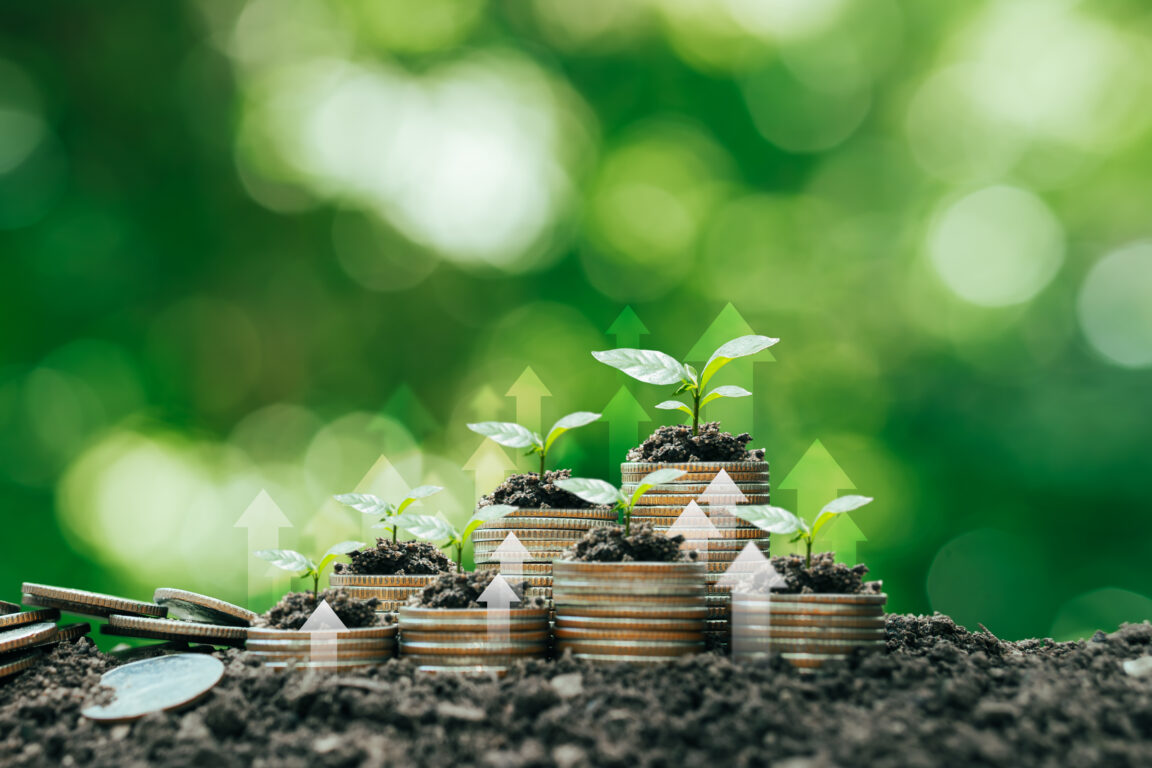Will Africa table the loss and damage fund at COP29?

With COP29 approaching, African nations are preparing to make their voices heard in Baku, Azerbaijan, this November, and a key topic on the agenda is the Loss and Damage Fund (LDF). For Africa, where climate-related disasters are becoming more severe each year, this fund is not just about financial support—it’s a crucial lifeline for adaptation and resilience. The African Group of Negotiators (AGN), representing 54 African countries, has made it clear that operationalising the LDF is a top priority, particularly for regions most affected by climate change, such as East Africa.
As a continent with some of the lowest historical emissions yet facing the harshest climate impacts, Africa is united in its call for immediate action on loss and damage financing. Floods, droughts, and extreme heat are costing the continent billions in GDP losses, with projections suggesting these could reach $50 billion annually by 2050 if adaptation measures are not put in place. Kenya and its neighbouring countries in East Africa are experiencing more frequent climate shocks that devastate agriculture, disrupt water supplies, and leave millions at risk. Kenyan officials, led by climate envoy Ali D. Mohamed, are advocating for the fund’s operationalisation at COP29, stressing the urgent need for a fair, accessible, and transparent system to distribute these resources among African nations.
East African countries have taken a proactive stance. For example, during recent talks at the African Ministerial Conference on the Environment (AMCEN), nations like Kenya, Uganda, and Ethiopia called for a swift deployment strategy for the LDF. They highlighted that these funds are vital not only for recovery but also for building long-term resilience against future disasters.
How will the funds be distributed?
The African Union (AU) has been proposed as a potential steward of the fund for African nations, providing a centralised body for oversight and management. This would facilitate regional coordination and the establishment of a strong framework to monitor the utilisation of the funds, leveraging the AU’s existing experience with similar continental initiatives.
If the Loss and Damage Fund were to be allocated to African countries, ensuring fair distribution would be a complex but essential task. A practical approach would involve establishing specific criteria, such as a country’s vulnerability to climate impacts, the frequency of climate-related disasters, and its adaptive capacity.
Strategies for accountability and transparency
Accountability is crucial for the success of the Loss and Damage Fund. Without a clear strategy, there is a risk that funds may not reach those who need them most. African climate experts and leaders are advocating for a multi-faceted approach:
- Funds should be allocated based on well-defined, transparent criteria that prioritise the countries most affected by climate change.
- An independent auditing body, preferably endorsed by the AU or the United Nations (UN), should monitor fund distribution and usage across recipient countries to ensure effective utilisation.
- Local governments and communities must be involved in managing the funds to enhance accountability. Engaging community leaders ensures that resources reach the grassroots level, benefiting those most impacted by climate change.
- Countries should provide regular reports on how the funds are being utilised and the outcomes achieved. This would promote a culture of transparency and ongoing improvement.
Moving forward at COP29
COP29 is a crucial moment for Africa in the realm of climate diplomacy. The Loss and Damage Fund is not just a financial commitment; it symbolises global responsibility and unity. African nations, particularly those in East Africa, are committed to ensuring that COP29 transcends mere promises and results in real, life-altering outcomes. The continent’s leaders believe that by rallying around the urgent need for the LDF, they can obtain the necessary resources to safeguard their countries, enhance resilience, and promote sustainable futures. With well-defined strategies for transparency and accountability, the Loss and Damage Fund has the potential to offer Africa a lasting solution to the severe effects of climate change, setting the stage for a resilient future for the continent.
(Source: https://africanclimatewire.org/2024/08/african-group-of-negotiators-put-forward-cop29-positions/)

